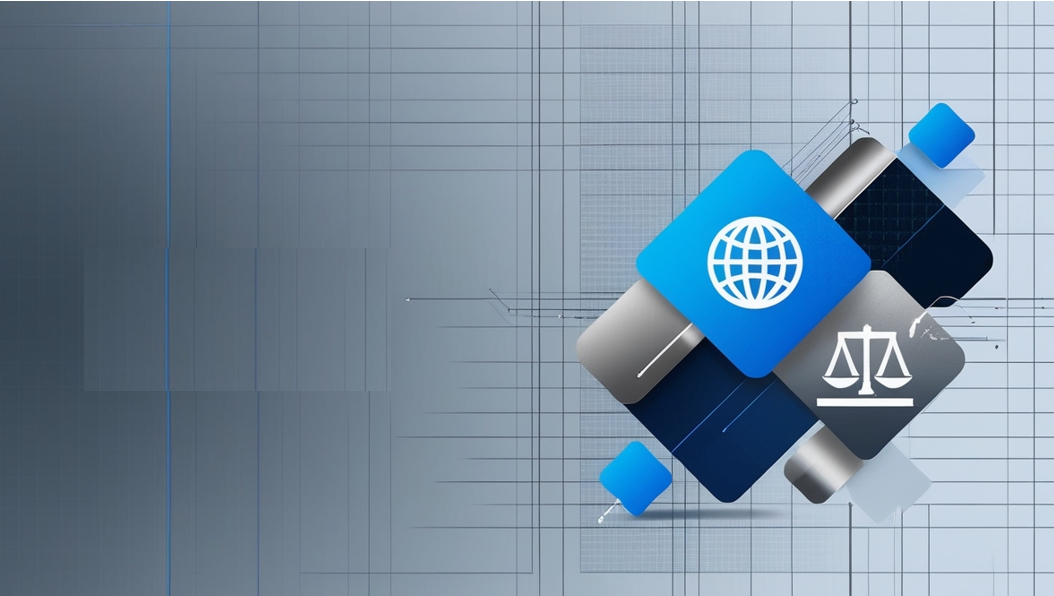
IT Financial Leadership: How CIOs Can Transform Budget Constraints into Opportunities
Introduction The Chief Information Officer (CIO) stands at a pivotal juncture in the digital age, tasked with a dual mandate: to be both the steward of technological innovation and the guardian of financial prudence. As technology cements its role as a primary driver of business transformation, CIOs are increasingly accountable








